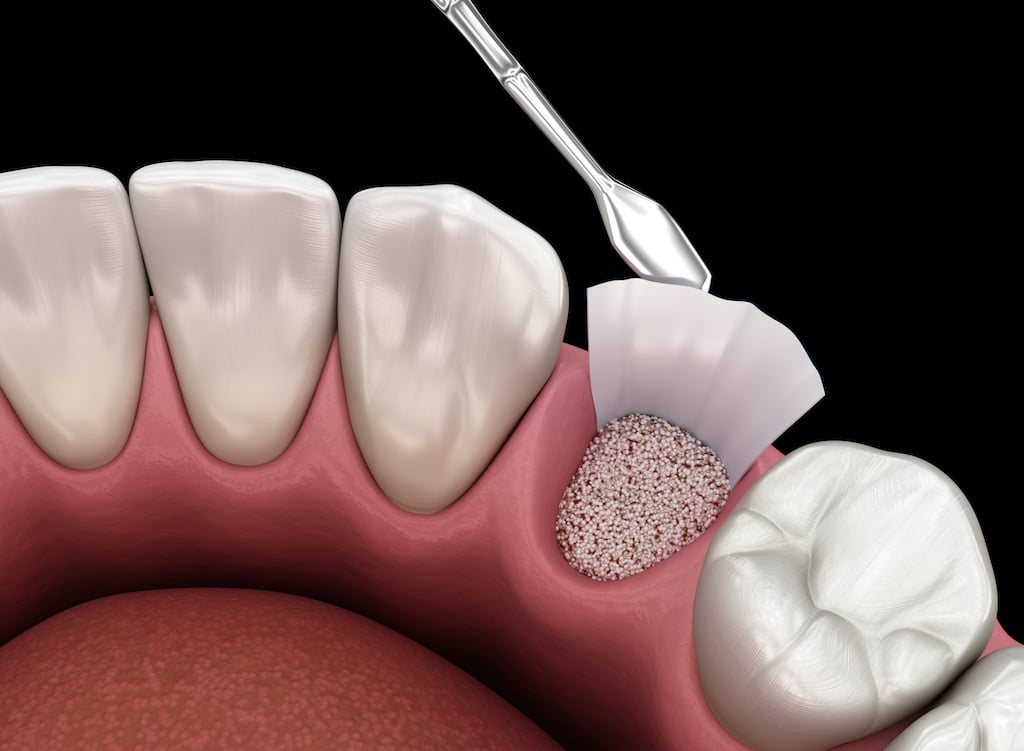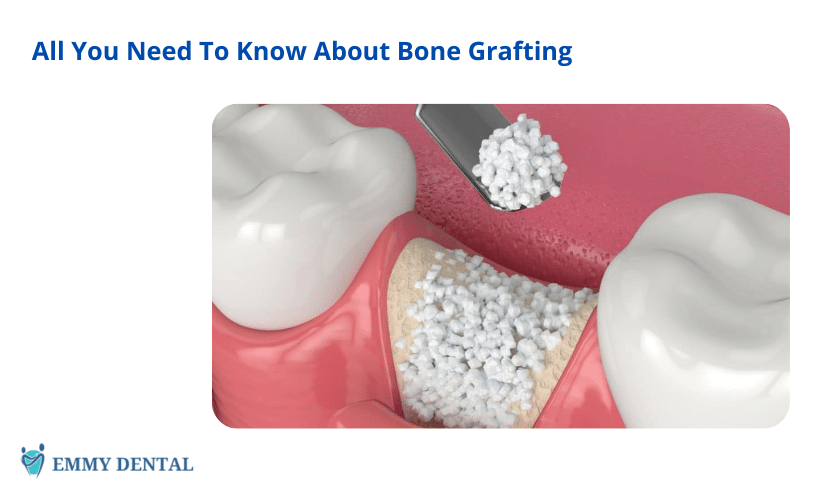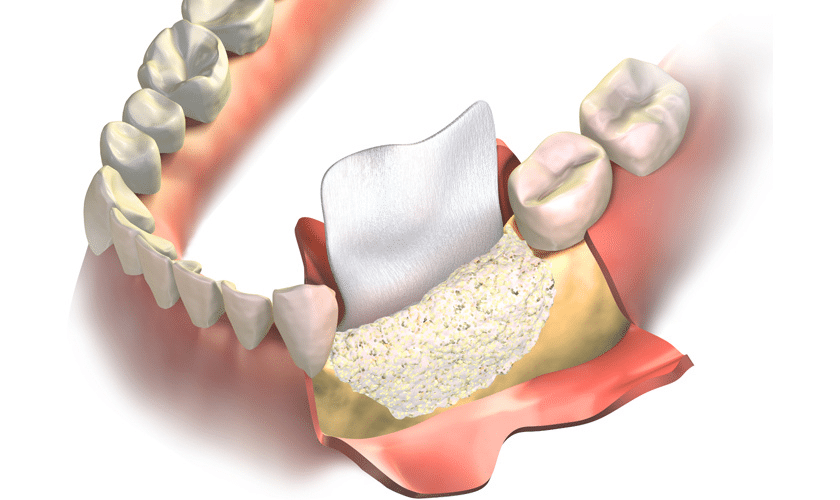
Understanding The Role Of Bone Grafting In Dental Implant Surgery
Dental implants have revolutionized tooth replacement, offering a durable and natural-looking solution for missing teeth. However, for dental implants to be successful, a sufficient amount of healthy jawbone is needed to support the implant. In cases where the jawbone is inadequate, bone grafting becomes necessary. Bone grafting is a procedure that involves adding bone or bone-like materials to the jawbone to strengthen and support dental implants. In this informative blog, we will explore the science behind bone grafting in dental procedures and its crucial role in ensuring successful tooth restoration.
The Importance Of Jawbone For Dental Implants:
The jawbone plays a vital role in supporting dental implants. A healthy and adequate amount of jawbone ensures stability and longevity for dental implants. However, tooth loss or other conditions such as periodontal disease can lead to bone loss, making the jawbone insufficient for implant placement. In such cases, bone grafting is necessary to create a solid foundation for successful dental implant surgery.
What Is Bone Grafting?
Bone grafting is a surgical procedure that involves adding bone or bone-like materials to the jawbone. The grafting material can be obtained from the patient’s own body (autograft), a donor (allograft), or synthetic sources (alloplastic). The purpose of bone grafting is to stimulate new bone growth and promote the integration of the graft with the existing jawbone.
Types Of Bone Grafts:
There are different types of bone grafts used in dental procedures, including:
Autografts:
Bone grafts are harvested from the patient’s own body, often from areas such as the chin, hip, or tibia.
Allografts:
Bone grafts obtained from a donor, are typically processed and sterilized to ensure compatibility and safety.
Xenografts:
Bone grafts are derived from animal sources, commonly bovine (cow) or porcine (pig) bone.
Alloplasts:
Synthetic bone grafting materials, such as calcium phosphate or hydroxyapatite, are designed to mimic the properties of natural bone.
The Process Of Bone Grafting:
The process of bone grafting involves several stages. First, the surgeon prepares the recipient site in the jawbone, creating space for the graft material. The graft is then placed into the prepared site and secured with screws, plates, or membranes to promote stability. Over time, the graft material stimulates the growth of new bone, integrating with the existing jawbone.
Integration Of Bone Grafts:
One of the critical aspects of bone grafting is the integration of the graft with the existing jawbone. As the graft heals, new bone cells begin to form, gradually replacing the graft material. This process is known as osseointegration and is crucial for the long-term success of dental implant surgery.
Advantages Of Bone Grafting:
Bone grafting offers several advantages in dental implant surgery:
Restores Bone Volume:
Grafting helps rebuild the jawbone, providing adequate support for dental implants.
Increases Implant Success Rate:
A strong and healthy jawbone increases the chances of successful dental implant integration and
long-term stability.
Enhances Aesthetics:
Bone grafting can improve the appearance of the smile by providing a natural contour to the jawline.
Potential Complications And Risks:
While bone grafting is generally safe and effective, there are potential complications and risks associated with the procedure. These can include infection, graft rejection, and damage to nearby structures. However, with proper planning, skilled surgical techniques, and post-operative care, the risks can be minimized.
The Bottom Line
Bone grafting plays a crucial role in dental implant surgery, providing the foundation necessary for successful tooth restoration. By understanding the science behind bone grafting and its importance in supporting dental implants, patients can make informed decisions about their oral health and achieve long-lasting results. If you are considering dental implants and have concerns about your jawbone, consult with a qualified dental professional who can assess your needs and guide you through the bone grafting process.


